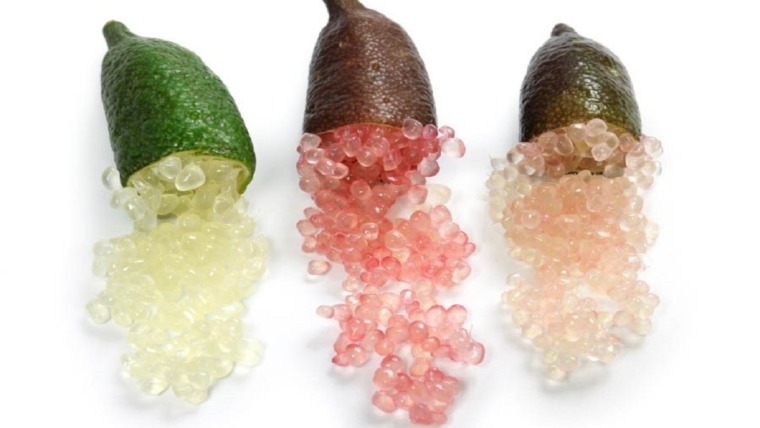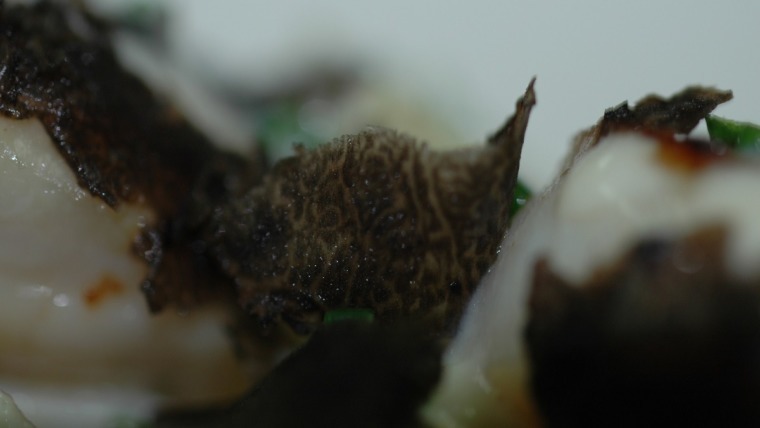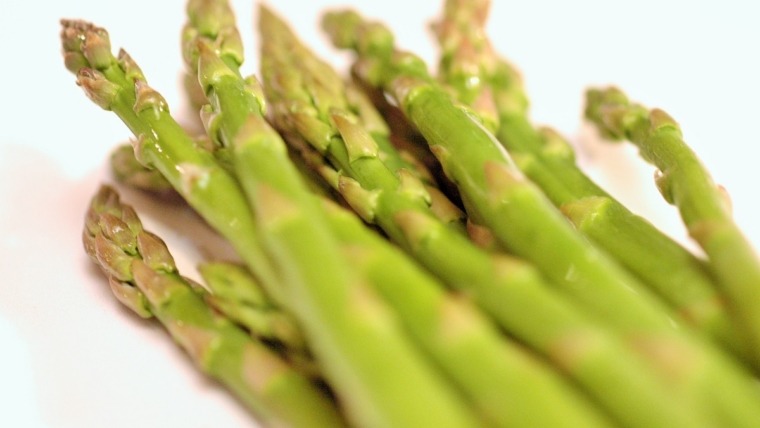
Written by Kevin Kapusi Starow
Spelt can be referred to as one of those ancient grains, as it has been in some sort of cultivation since 5,000 bc, which is anywhere between 7,000 to 10,000 years back. This is confirmed in texts dating back to this time found in present day Iran. The grain is also known by the names of hulled wheat or dinkel wheat.
This little grain was an important staple food source within Europe from the Bronze age to medieval times, after which it began to fall out of favour. Today it is gaining in popularity though still not to the extent of its former dominance or even close to that of the common wheat in production today.
There was a time when many people thought Spelt to be Gluten Free, and I presume there are still some out there who tote this belief. Unfortunately for all of the gluten intolerant people, spelt is not Gluten Free. Though the difference lays in the originality of the grain, it has been shown, from genetic evidence, to be a naturally occurring hybrid of a domesticated wheat variety, Remained the same for thousands of years, and unlike our more common general wheat variety, spelt has not been genetically modified. So theoretically it is in its original state as it was some 7 to 10 thousand years back.
According to Greek Mythology the goddess Demeter gifted spelt to the Greek people, a nice story to contemplate. Archaeological evidence of the consumption or use of spelt dates back to the fifth millennium BC. Though it was not until the ninth century till spelt developed into a major crop throughout many parts of Europe. This was probably due to its adaptability to cold weather, and harsh conditions.
For Cooking
Spelt can be used in any recipe that requires flour, from breads to cakes, pastas, sweet and savory baked items.
Spelt has for me a light feeling with no residual heaviness sometimes associated with cooked products containing common wheat flour.
In Germany, and Austria you can purchase Dinkelbrot, loaves and bread rolls in supermarkets and bakeries made entirely from spelt flour. He unripe spelt grains can be dried out and eaten as a green grain, apparently, they are delicious, though I haven’t had the opportunity to try this for myself yet.
Health Benefits
Although there’s no panacea for eternal youth or health with this grain, there is a pool of vital minerals and vitamins present that will assist in supporting a healthy diet. It is an excellent source of dietary fibre and has slightly elevated levels of zinc and protein, as opposed to regular or standard wheat. It has a spread of several B vitamins as well as manganese and phosphorous.
It is important to realise that this is a grain which retains mostly all of its original nutritional values. It has not been genetically modified, to ensure greater yields or the like at the moment. So my advice is to take advantage of it whilst it is still in its original state.
Unfortunately, today the Spelt Grain is more of a speciality grain crop than the better-known common wheat which is mass produced today. Though the popularity of spelt is growing, and more and more you can fine spelt grains, flours and products in bakeries and supermarkets thought the world.



